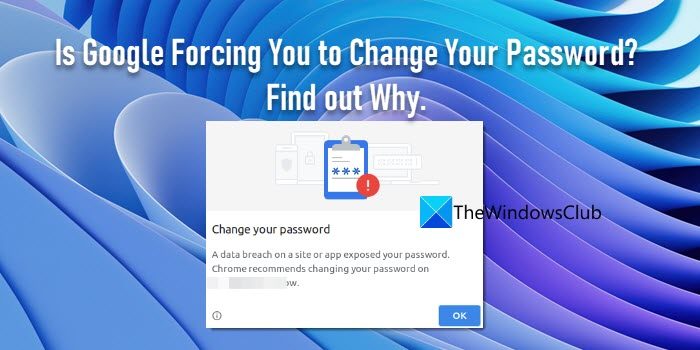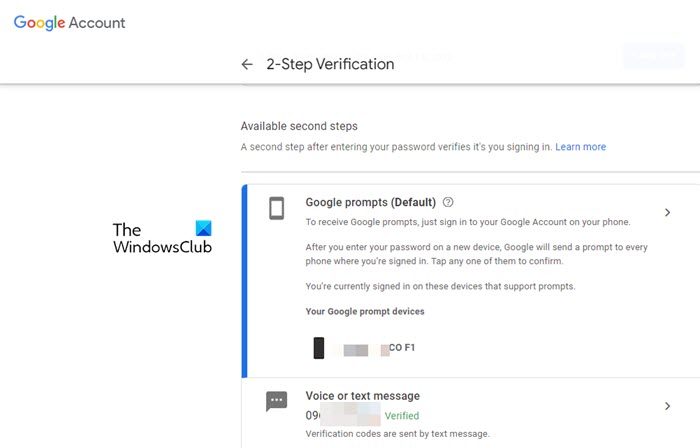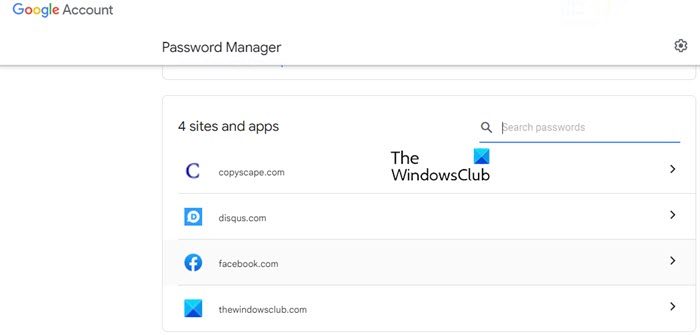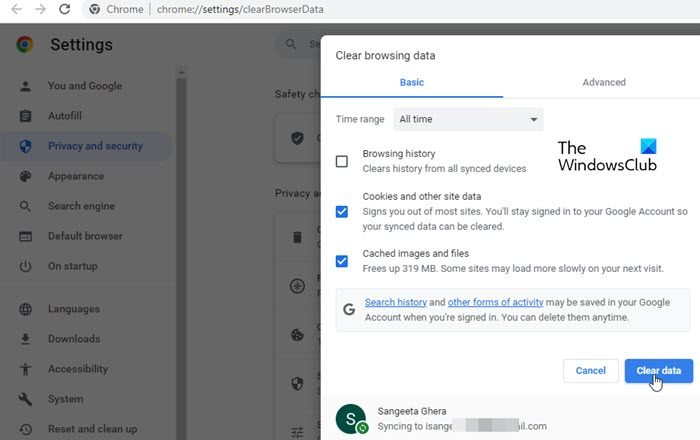In this post, we will explain why Google is forcing you to change your password and share some tips to prevent this from happening. Gmail has been Google’s very safe and secure email service for decades. It uses industry-leading encryption, blocks most of the spam, and timely introduces new security measures to safeguard your information from unauthorized access. A few users have reported that Google is forcing them to change their account passwords. This happens when they try to log in to Gmail. Google says that something suspicious has been detected and takes them to the account recovery option to reset the password.

Is Google Forcing You to Change Your Password? Find out Why.
In this post, we are going to tell you why Google is forcing you to change your password. We will also look at the possible solutions to resolve the Password Change issue and put an end to the suspicious activity warnings.
Why is Google telling me to change my password?
Google might be asking you to create a new password either because suspicious activity has been detected or Google has detected that your password has been compromised. You may also be triggered by such prompts if you have a weak password as per the newly updated standards. Google does this for nothing else but security reasons.
How does Google know my password has been compromised?
If you’ve asked Google Chrome to remember your Gmail credentials, it sends an encrypted copy of them to check if they have been involved in a data breach. You don’t have to worry as Google can’t obtain your username and password from this encryption.
How do I stop Google from asking me to change password multiple times?
When Google prompts you to change your password, change it once in your browser and on other devices where you’re logged in with Google. Create a password that Google identifies as a strong one. Then use these effective solutions to prevent it from further showing password change alerts:
- Turn on the two-step authentication
- Use a Password Manager
- Clear cache and cookies
- Scan your computer for viruses or malware
- Reinstall your browser
Let us see this in detail.
1] Turn on the two-step authentication

Google’s two-step authentication adds an extra layer of protection to your account. After resetting the password, you must enable the two-step authentication in Gmail to prevent your account from anyone who shouldn’t access it. Two-step authentication requires you to enter a security code in addition to your password each time you try to log in to Gmail from a new browser or device. Since you get this code in real-time on your recovery email or phone, you’ll prevent hackers from accessing your account even if your password is compromised.
2] Use a Password Manager

Use a good Password Manager app that can store your password using strong encryption algorithms. Google itself offers a password manager that helps you safely store strong passwords that are hard to remember. You can save login credentials of different websites in Google’s Password Manager app and access them from anywhere just by signing in to your Google account.
Related: Kaspersky Password Manager Review & Free Download.
3] Clear cache and cookies

If you’ve already changed your password and Google still prompts you to change it, clear your browser’s cache data and cookies. Doing this may help resolve the issue. Chrome users can clear their browsing history, cookies, and cache by clicking on the Menu > More Tools > Clear browsing data option. Firefox users can do this through the History > Clear recent history option. Edge users can clear their browser cache and cookies by navigating to Edge Settings > Privacy, search & services > Clear browsing data section. If you use the Opera browser, you can refer to our previous post to know how to clear cookies and cache data. Restart the browser and see if it works.
4] Scan your computer for viruses or malware
If you’re still asked to change your password, some virus in your computer may be attempting to steal your credentials. Update your internet security software and perform a full scan of your system. Quarantine or delete any suspicious or unwanted program that may be causing the issue.
5] Reinstall your browser
If nothing helps, try uninstalling and reinstalling your browser. A fresh install will replace any missing or corrupt files, update your browser, and install all the latest bug fixes and security patches to provide you with a smooth browsing experience. Make sure you back up all your bookmarks, passwords, and other essential data so that you can import them back when you reinstall the browser.
Hope this helps.
Read Next: Password Checkup from Google will secure you from data breaches.